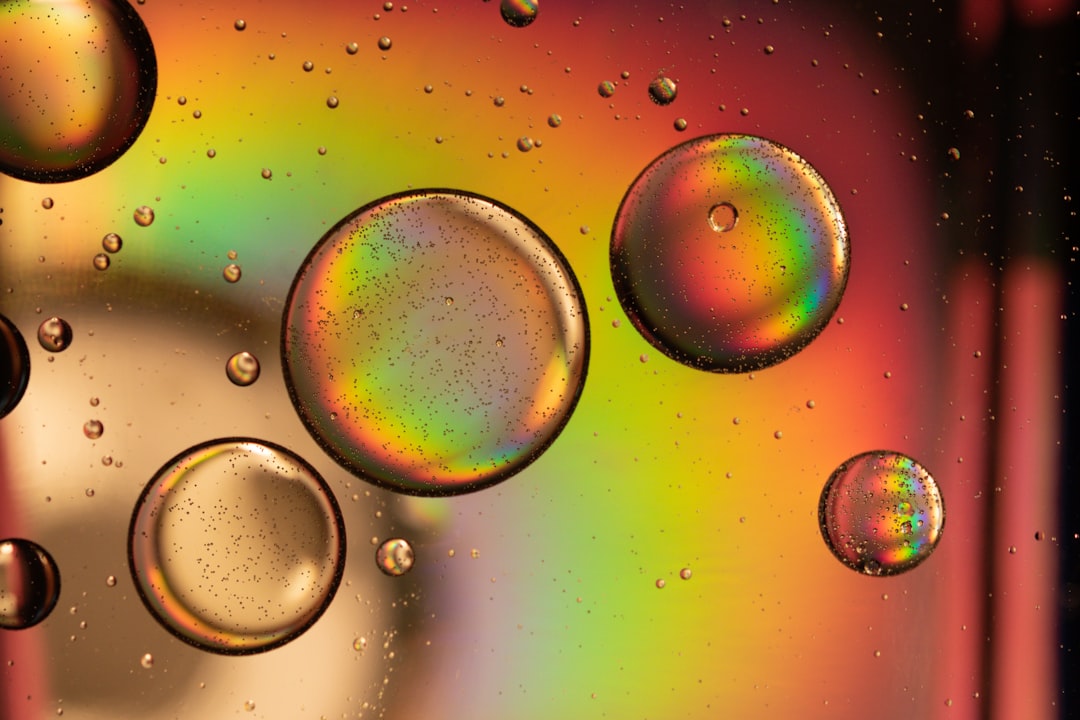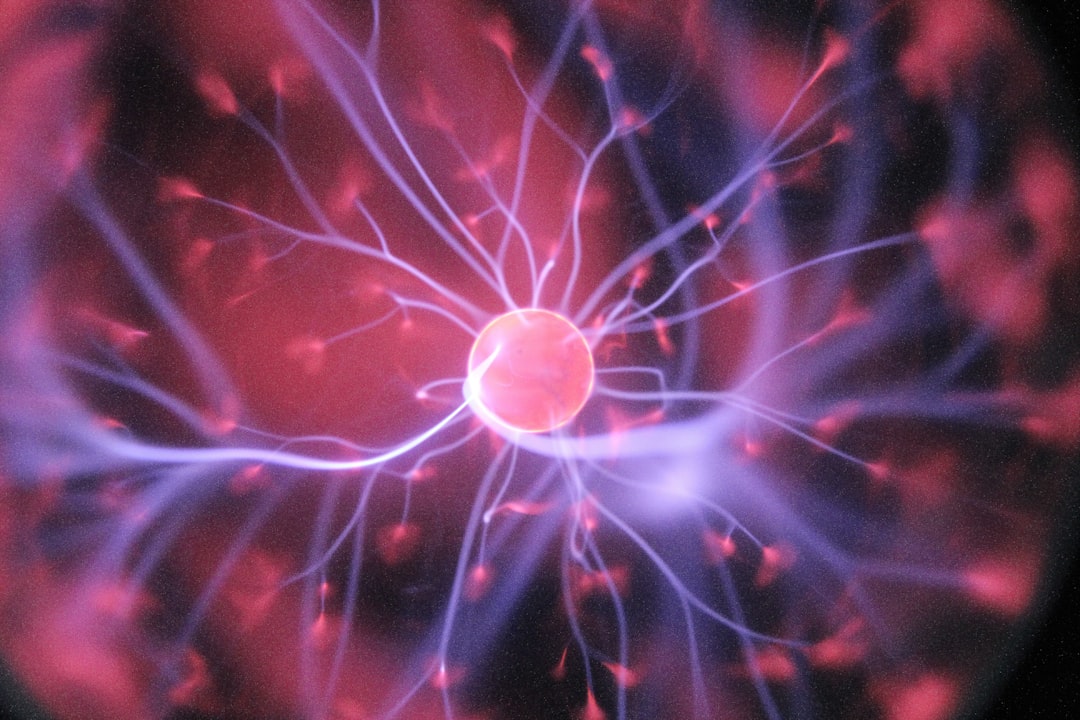What is it about?
Based on the rationalization made above, the objectives of this investigation were to optimize the operational parameters of the Fenton treatment of a municipal landfill leachate, to compare Fenton-treated and non-treated leachate with respect to physicochemical characteristics and toxicology, and to quantify and characterize the generated sludge.
Featured Image

Photo by Del Barrett on Unsplash
Why is it important?
Sanitary landfills are commonly used for the disposal of urban solid waste and are considered acceptable from both technical and economical points of view. However, one of the main disadvantages of landfill is the generation of leachate, a foul-smelling, darkcoloured liquid containing products from the biological decomposition of organic residues. These products dissolve in the percolating water that is naturally present in the deposited waste or formed during the decomposition processes themselves or derived from precipitation that has infiltrated the covering layer of the landfill.
Perspectives
Although Fenton oxidation achieved a good removal of organic compounds (up to 87% of COD), the resulting treated leachate was still toxic to living organisms by virtue of the presence of persistent organic compounds. Hence, we conclude that the Fenton process alone is not appropriate because the treated leachate could negatively affect the ecosystem in receiving water bodies, but it could be a viable alternative as pretreatment of landfill leachate.
Marcelo Rodrigues do Nascimento
IFPB - Federal Institute of Science, Education and Thecnology of Paraíba - Brazil
Read the Original
This page is a summary of: Fenton treatment of sanitary landfill leachate: optimization of operational parameters, characterization of sludge and toxicology, Environmental Technology, January 2019, Taylor & Francis,
DOI: 10.1080/09593330.2019.1576773.
You can read the full text:
Contributors
The following have contributed to this page










